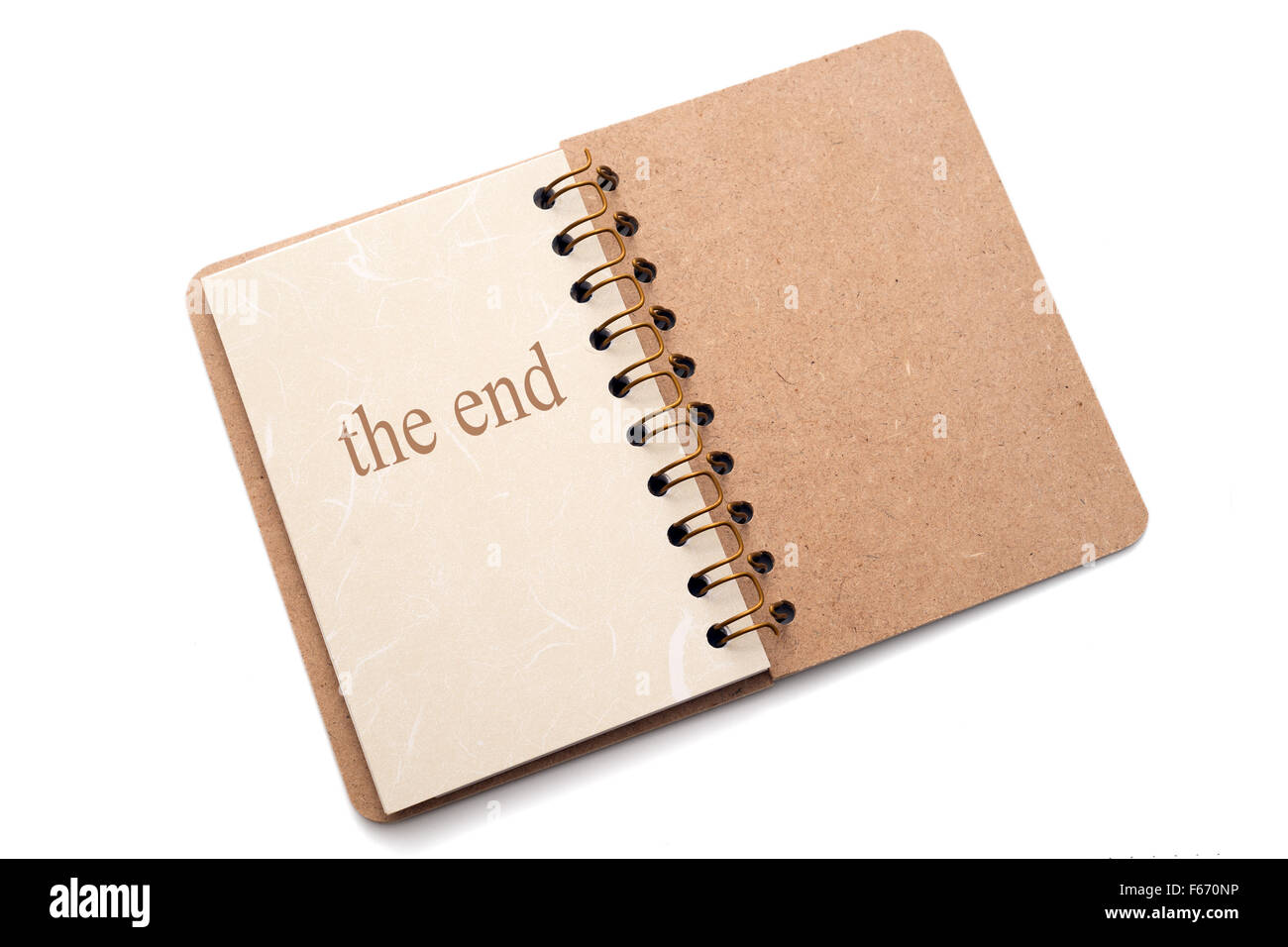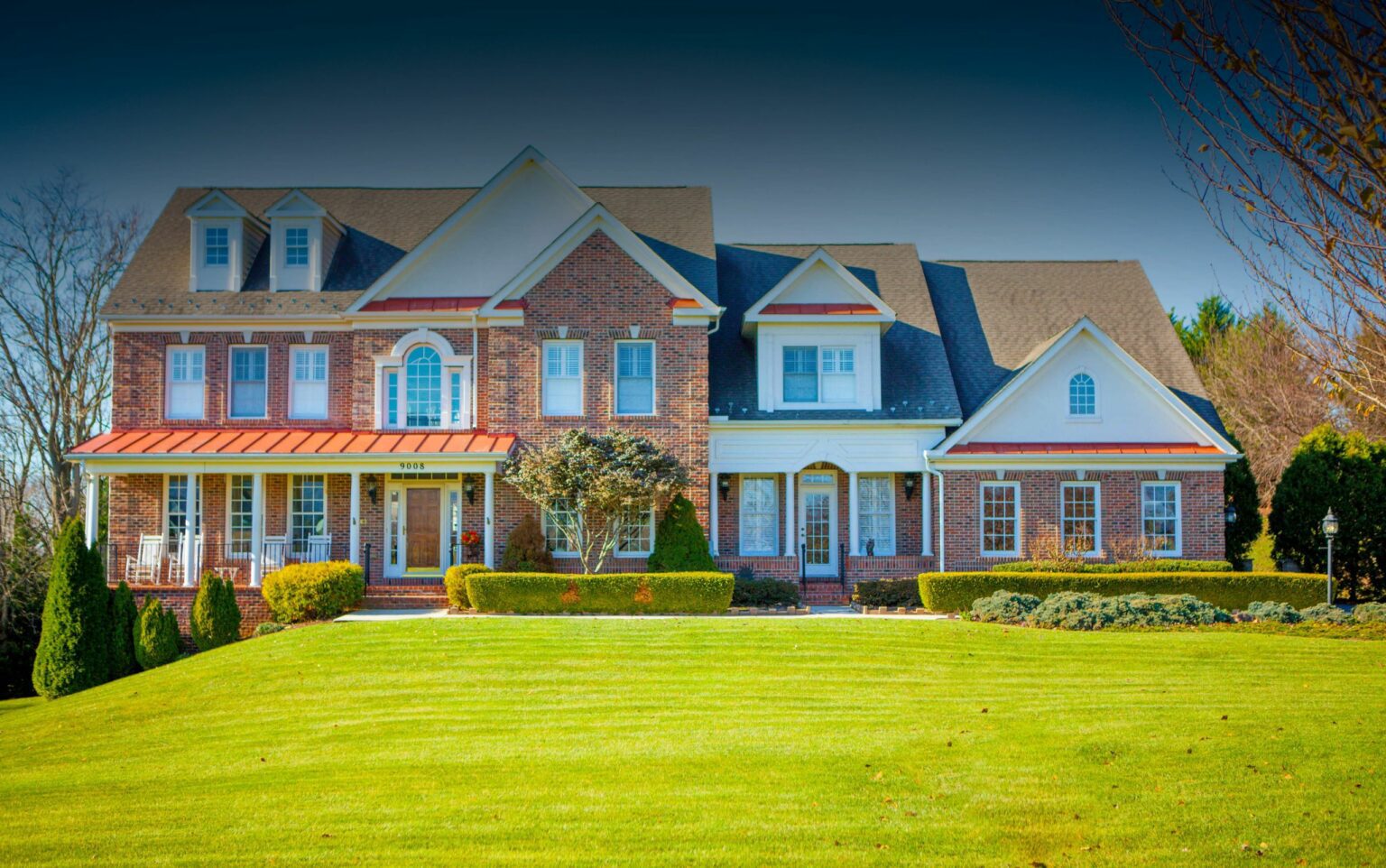Bed page: The term encompasses a surprisingly diverse range of online experiences, from e-commerce product pages showcasing luxurious mattresses to hotel websites displaying room amenities. Understanding user intent behind a “bed page” search is crucial for effective design and marketing. This guide explores various interpretations, content strategies, visual approaches, user experience optimization, technical considerations, and marketing techniques for creating a successful bed page, regardless of industry.
We’ll delve into crafting compelling product descriptions, showcasing high-quality visuals, and optimizing user flow to maximize conversions. We’ll also cover essential technical aspects like mobile responsiveness and structured data markup to improve search engine rankings. Finally, we’ll explore effective marketing strategies to attract your target audience and drive traffic to your bed page.
Defining “Bed Page” Context
The term “bed page” refers to a webpage dedicated to showcasing and selling beds, or providing information related to beds. Its interpretation varies depending on the context, encompassing e-commerce, hospitality, and healthcare industries. Understanding user intent when searching for “bed page” is crucial for effective web design and marketing.
Interpretations of “Bed Page” Across Industries
In e-commerce, a “bed page” typically presents individual bed products for sale, complete with details, images, and customer reviews. Hospitality uses “bed page” (often indirectly) to describe the room details on their website, highlighting bed type and amenities. Healthcare might use the term to refer to patient bed information within a hospital system’s internal network or for medical equipment providers showcasing hospital beds.
Potential User Intent Behind Searching for “Bed Page”
Users searching for “bed page” likely aim to explore bed options, compare prices, read reviews, or find specific information about a particular bed type. Their intent could range from casual browsing to a focused purchase decision. Understanding this nuanced intent is key to providing a relevant and satisfying user experience.
Examples of Web Pages Associated with “Bed Page”
Examples include product pages on online retailers like Amazon or Wayfair, dedicated pages on furniture store websites, hotel room detail pages, and even pages on medical equipment supplier websites featuring hospital beds.
Content Ideas for a “Bed Page”

Effective “bed page” design requires a strategic approach to showcasing product features, customer reviews, and lifestyle imagery. Three distinct layouts are presented below, each emphasizing a different aspect of the product.
Three Different Layouts for a “Bed Page”
Layout 1 focuses on high-quality product photography and minimal text. Layout 2 prioritizes customer reviews and testimonials. Layout 3 uses a table to compare different bed features side-by-side.
Layout 3 (Table):
| Bed Type | Features | Price | Reviews |
|---|---|---|---|
| Platform Bed | Sleek design, sturdy frame, easy assembly | $500 | 4.5 stars |
| Four-Poster Bed | Elegant design, ornate headboard, high-quality materials | $1500 | 4.8 stars |
| Adjustable Bed | Customizable positions, enhanced comfort, wireless remote | $1000 | 4.6 stars |
Compelling Product Descriptions for Various Bed Types, Bed page
Each bed type requires a unique description highlighting its key features and benefits. For example, a platform bed description would emphasize its sleek design and easy assembly, while a four-poster bed description would focus on its elegance and high-quality materials. An adjustable bed description would highlight its customizable positions and enhanced comfort.
Five Unique Selling Propositions (USPs) for a Premium Bed
- Unmatched comfort through superior materials and craftsmanship.
- Ergonomic design promoting better sleep posture and spinal alignment.
- Sustainable and ethically sourced materials.
- Exceptional durability and longevity, backed by a long warranty.
- Personalized customization options to suit individual preferences.
Visual Aspects of a “Bed Page”
Visual appeal is paramount for a successful “bed page.” This section explores visual styles, photography, and visual hierarchy.
Three Distinct Visual Styles for a “Bed Page”
A minimalist style emphasizes clean lines and high-quality product photography. A rustic style uses warm colors and natural textures. A modern style incorporates bold colors and geometric shapes. The chosen style should align with the target audience and brand identity.
Importance of High-Quality Product Photography
High-quality product photography is crucial for showcasing the bed’s features and appeal. Ideal lighting should be soft and even, avoiding harsh shadows. Angles should highlight the bed’s design and details, and staging should create a visually appealing and realistic setting. Consider showcasing the bed in various settings (e.g., a modern bedroom, a rustic farmhouse bedroom) to demonstrate versatility.
Visual Hierarchy for a “Bed Page”
A clear visual hierarchy guides the user’s eye to the most important information. This can be achieved through the use of size, color, contrast, and placement. The main product image should be prominent, followed by key features, price, and customer reviews.
User Experience (UX) on a “Bed Page”
Optimizing user flow and conversion is essential for a successful “bed page”. This section discusses user flow, customer reviews, and potential pain points.
Organizing Elements for Optimized User Flow and Conversion
A clear and concise layout, easy navigation, and prominent calls to action are crucial. Place the “Add to Cart” button prominently and ensure the checkout process is straightforward and secure.
Incorporating Customer Reviews and Testimonials Effectively
Displaying positive customer reviews and testimonials builds trust and encourages conversions. Feature star ratings, and allow users to filter reviews by criteria such as bed type or size.
Potential Pain Points in the User Journey and Solutions
Potential pain points include confusing navigation, unclear product information, and a difficult checkout process. Solutions include intuitive navigation menus, detailed product descriptions, and a streamlined checkout process with multiple payment options.
Technical Aspects of a “Bed Page”
Technical aspects are crucial for search engine optimization and user experience.
Discover the crucial elements that make craigslist knoxville the top choice.
Sitemap Illustrating Placement of a “Bed Page”
A sitemap would show the “bed page” nested under a broader “Furniture” or “Bedroom” category. It would clearly indicate its hierarchical relationship to other pages within the website structure.
Importance of Mobile Responsiveness
Mobile responsiveness is critical as many users access websites through mobile devices. The “bed page” must adapt seamlessly to different screen sizes and orientations.
Implementing Structured Data Markup (Schema.org)
Implementing schema.org markup provides search engines with structured data about the bed, improving search engine visibility and potentially leading to rich snippets in search results.
Marketing and Promotion of a “Bed Page”
Effective marketing strategies are essential for driving traffic to the “bed page” and generating sales.
Three Different Marketing Strategies Targeting Distinct Customer Segments
Strategy 1 (Targeting young professionals): Focus on modern designs and affordability. Strategy 2 (Targeting families): Highlight durability and safety features. Strategy 3 (Targeting luxury consumers): Emphasize premium materials and craftsmanship.
Examples of Compelling Calls to Action (CTAs)
Examples include “Shop Now,” “View Details,” “Add to Cart,” “Learn More,” and “Get a Free Quote.”
Comparing Different Methods for Driving Traffic
Social media marketing allows for targeted advertising and engagement. Paid advertising offers immediate visibility through platforms like Google Ads. Search engine optimization () improves organic search rankings over time.
Creating a high-performing bed page requires a holistic approach, blending compelling content, visually appealing design, seamless user experience, and effective marketing strategies. By understanding the diverse interpretations of “bed page” and tailoring your approach to your specific audience and industry, you can create a powerful online asset that drives engagement and achieves your business objectives. Remember to continuously analyze your page’s performance and adapt your strategies based on user feedback and data insights for ongoing success.
FAQ
What is the ideal length for a bed page product description?
Aim for a balance. Keep it concise yet informative, typically between 200-500 words, highlighting key features and benefits.
How can I improve the loading speed of my bed page?
Optimize images, use a caching plugin, and ensure your hosting is efficient. Consider using lazy loading for images.
What are some effective calls to action (CTAs) for a bed page?
Examples include “Shop Now,” “View Details,” “Learn More,” “Add to Cart,” and “Get a Free Quote.”
How do I choose the right s for my bed page ?
Conduct research using tools like Google Planner, SEMrush, or Ahrefs to identify relevant terms with high search volume and low competition.



